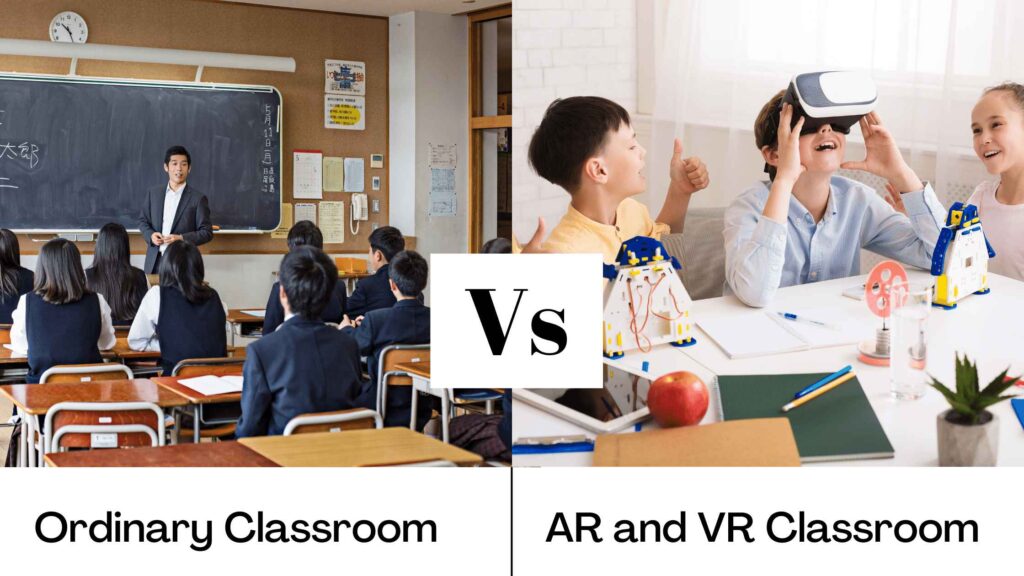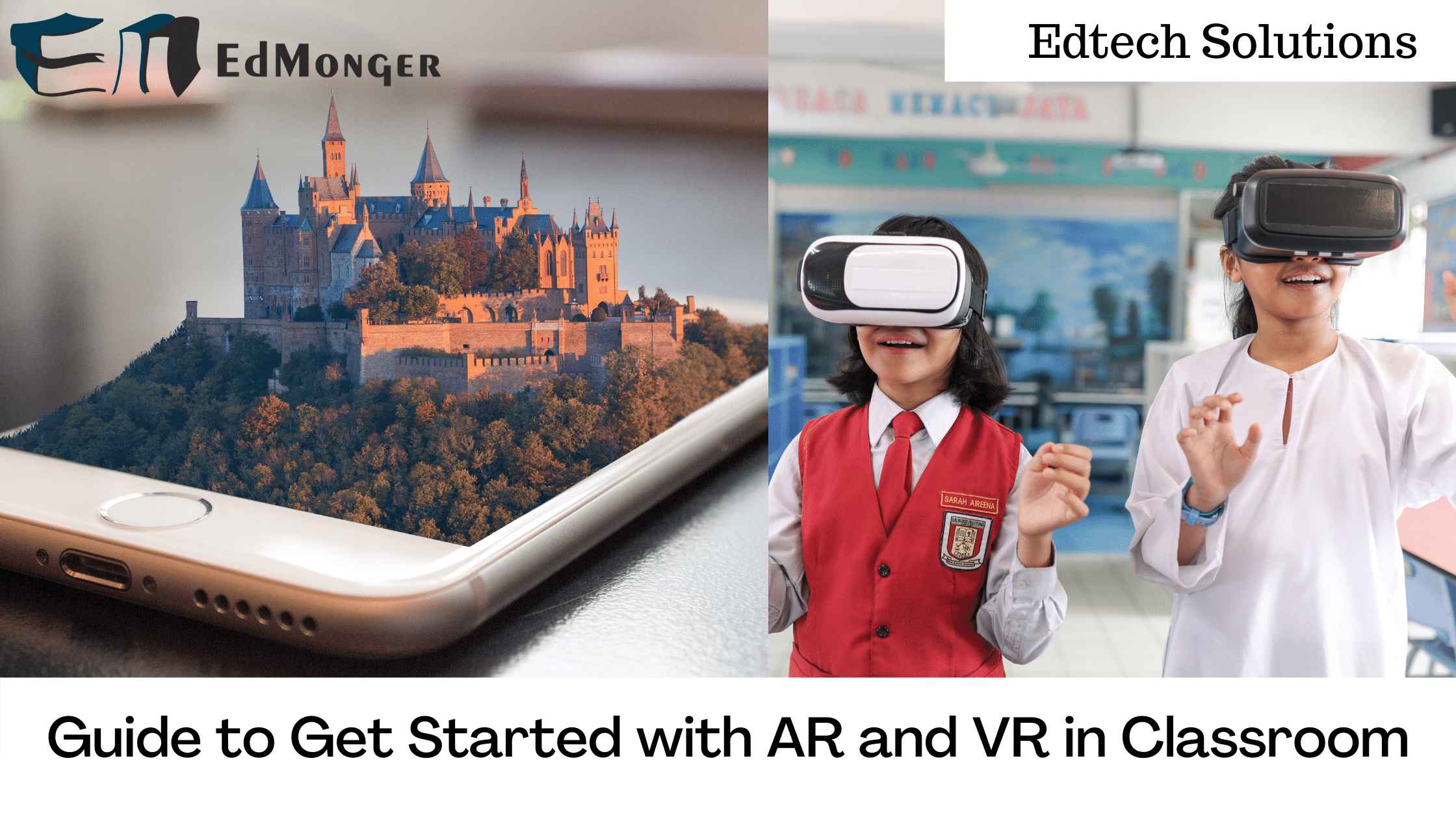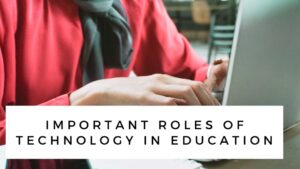Why AR and VR in your classroom?
Digitization and technological advancement have accelerated dramatically since the pandemic outbreak a year ago.
After this pandemic, there has been a remarkable technical shift. School institutions now have hi-tech instruments to expand learning to distant locations, much as corporations have developed new technology to expand their operations.
Although the technology was initially utilized to deliver education to students while at home, it has progressed to the point where topics may be cleared up by offering examples from the real world when students are in a classroom or at home, and augmented and virtual reality have been the most critical contributors here.
If you are a school administrator, This article will give you all you need to learn to introduce AR and VR into your classroom successfully.
Related:How VR can help to boost your child’s intelligence?
What Researchers Say About The Use Of AR and VR in Education?
As per the reports, there is no doubt that AR and VR improve the level of education. However, there are some challenges related to the usability of AR in crowded classrooms. But these issues are minor, and in the upcoming time, these issues will be resolved as augmented reality technology develops.
Further research published in Education Media International suggests that if students are given “ideally located infrastructure or proper support”, AR will assist the students in dealing with information overload and open up new learning possibilities. And over time, AR will help significantly revolutionize the education sector.
Must Read: How experiential learning gives more impact if combined with VR?
Students’ work and comments on a case study of “learning by design” with Augmented Reality in high school Visual Art show that it led to increased levels of critical analysis, originality, and independence on the part of the students.
On the other hand, when it comes to the implementation of VR in education, an extensive literature analysis on the subject of virtual reality in education concludes that it has “significant advantages”. It might have positive effects on student motivation. The authors go so far as to say that autistic kids may benefit from virtual reality in academic and social contexts.
However, continuous research is going on, but most researchers have concluded that when combined with strong instructional practices and capable educators – Augmented and virtual reality have tremendous potential as learning environments because they may increase students’ interest, participation, and knowledge retention.
Now the question is how to get started with AR and VR in your classroom. Let’s find out.

How To Get Started With AR and VR In Your Classroom?
Make a Plan and Set Your Goals
The first step in developing a strategy for the introduction of any technological component into a school system is to make a plan and determine the desired outcomes that you want.
You’ve probably noticed that before the teacher teaches a new chapter to the class, he summarizes what will be covered in that section. Because of this, discussions on the chapter become more lively, and students get a deeper grasp of its concepts. Students generate original thoughts and then apply them to solve their conceptual problems.
The same holds for introducing new technology in the classroom; learners will be more prepared for it if given a brief explanation beforehand. Here teachers first need to plan how they will introduce their students to technology, In order for students to benefit from technologies like AR and VR in the classroom.
Besides, It’s essential to train the teachers before introducing any new technology into the classroom, just as you would with the students.
Also Read: Best tools to help in smooth online Learning.
Virtual Trips From Classrooms
By combining real-world objects with virtual ones, augmented and virtual reality technologies may make the entire world feel like a part of a single classroom. It is now possible to educate students about any culture in the world, take them on a virtual field trip there without ever leaving the classroom, and travel to any global location.
In particular, AR and VR technology in the classroom may be used to take students to the actual sites where significant battles were fought in India or World Wars occurred. Additionally, you may show students photos of prominent landmarks and locations commonly seen in textbooks today.
For instance, through Google Expeditions, educators may virtually visit exotic locations like the coral reefs, Machu Picchu, Antarctica, and the surface of Mars with their students.
The ability to simulate surroundings makes augmented and virtual reality such promising tools for education in different disciplines.
Grab The Right AR And VR Tools For Your Classroom

It is essential to select the resources for your classroom technology carefully. This easy-to-use augmented, and virtual reality technologies are accessible to teachers of all levels. To get you started, we have included a few out-of-the-box and best AR and VR tools to help you get started in your AR and VR classroom.
CoSpaces EDU
CoSpaces Edu is one of the best tools to interact with the digital world. You can immediately create your virtual environment using this innovative tool.
With the help of the CoSpaces EDU tool, students may place 3D objects in a 3D environment and animate them by dragging and dropping them. The latest version of CoSpaces employs augmented reality to project your design onto a Merge Cube, or it may project your scenario in a classroom.
Google Expeditions
Students can participate in a more immersive learning experience thanks to the availability of more than 800 virtual reality tours and 100 augmented reality tours in Google Expeditions. Just by downloading the free software from Google Play or the App Store, you can provide children with the opportunity to experience the world outside the boundaries of their classroom.
Nearpod
Utilizing Nearpod is one of the easiest methods to include virtual field trips into your school’s curriculum. By searching a particular site, such as the Eiffel Tower, the Pyramid of Giza, or the Statue of Liberty, you can recreate your interactive classes with various 360-degree experiences.
The beauty of Nearpod is in the involvement that goes beyond the event itself, which aims to reinforce and consolidate authentic learning.
Thoughts
The educational system will dramatically shift when cutting-edge technology like VR is introduced into the classroom. Virtual reality (VR) and Augmented reality (AR) is an example of emerging technology that has the potential to transform the classroom experience.
One thing is sure; the immersive reality classrooms will motivate Gen Z students to design out-of-the-box solutions for the issues prevailing in society and create a better tomorrow for everyone.




